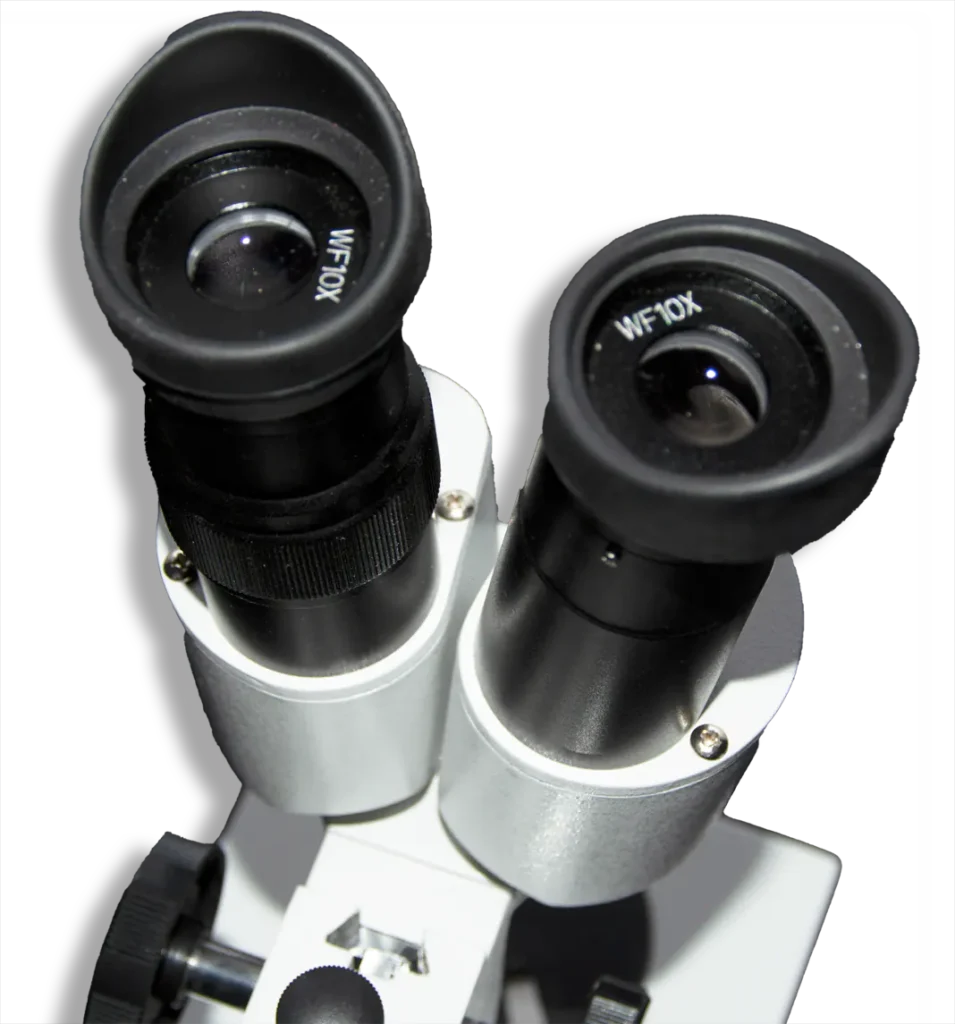Science or the philosophy of nature
What is Science?
Science is defined by The Oxford reference as the systematic study of the physical and natural world through observation and experiment. This term is relatively modern and was coined by William Whewell, a philosopher, theologian, and wordsmith who was born in 1794 and served as a master of Trinity College. Prior to the early 19th century, the study of the physical and natural world was referred to as natural philosophy or the philosophy of nature. It is clear from this definition that science encompasses a wide range of knowledge related to the physical world. However, this website will not cover every aspect of science.

My Experience
In the world, most people visualize a scientist as someone wearing a white coat. They are standing in front of a workbench with laboratory equipment, including retort stands, glass tubes and beakers. Fortunately, with the Open University television programmes and the rise of citizen science, the image of scientists is changing.
My own experience of science, begun with Bunsen burners and glass beakers in a chemistry class at school. I Later on gained further experience during my degree course at the UHI Millennium Institute. The UHI later became the University of the Highlands and Islands.
I now have a degree in Applied Environmental Science. Therefore, most of the science pages on this website focus on this branch of the subject. This allows me to link these pages to the environmental engineering pages on this website.
During my degree, scientific study consisted of wading through books or online documents in the library. The physical aspects of the course included crawling around fields. This was to try to identify plant species from field guides or writing up reports on a computer. Work in a science laboratory usually meant measuring soil samples. It also involved passing oven dried soil through a series of sieves and recording the results. And all this while wearing a white coat.
After completing my degree, I started working as an environmental engineer. This often consisted of wading through water filled ditches to measure the channel size for flood risk assessments. It also involved standing around for hours in a field waiting to obtain percolation values from test pits. This was to determine the ground infiltration of a field.


